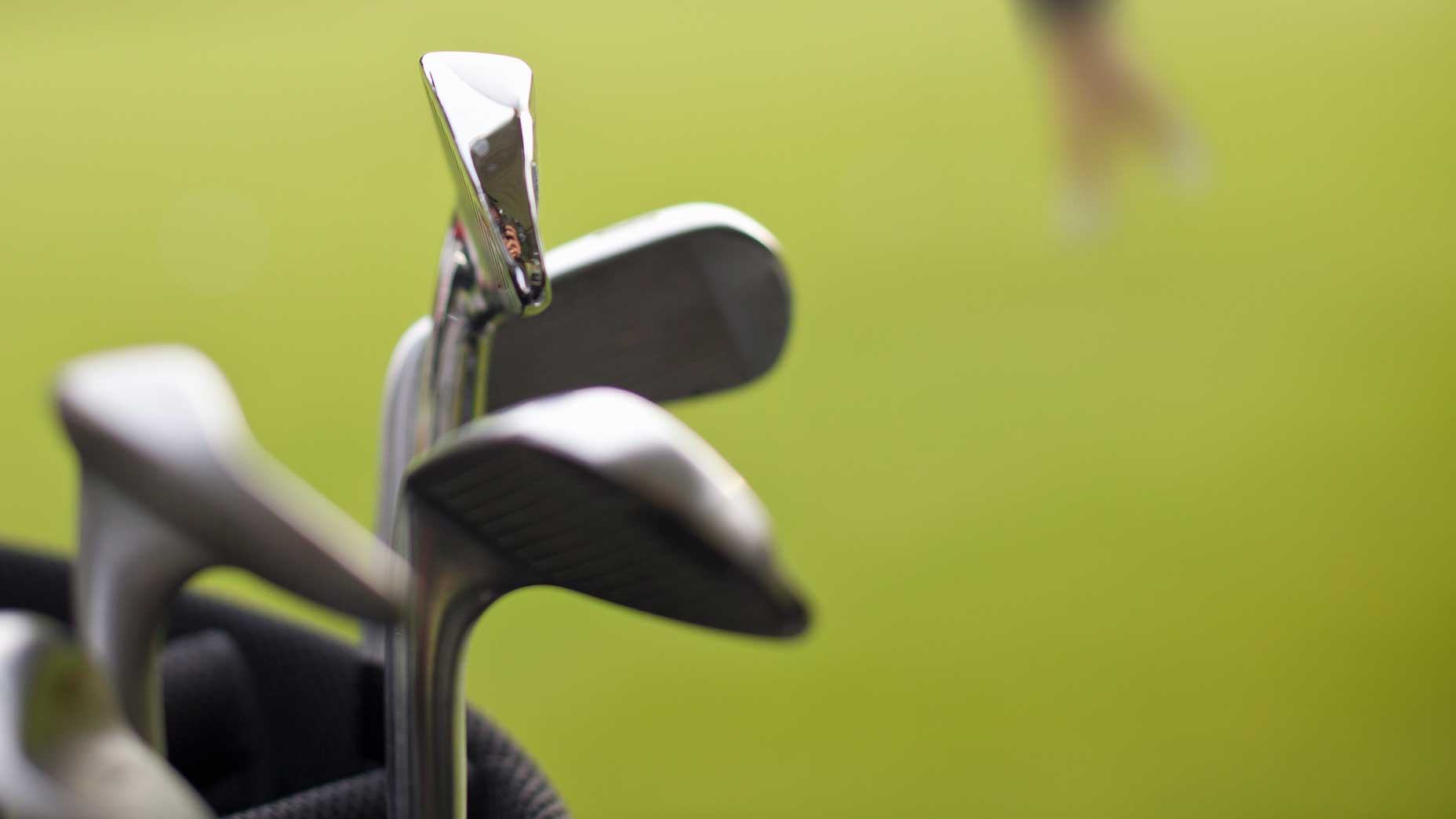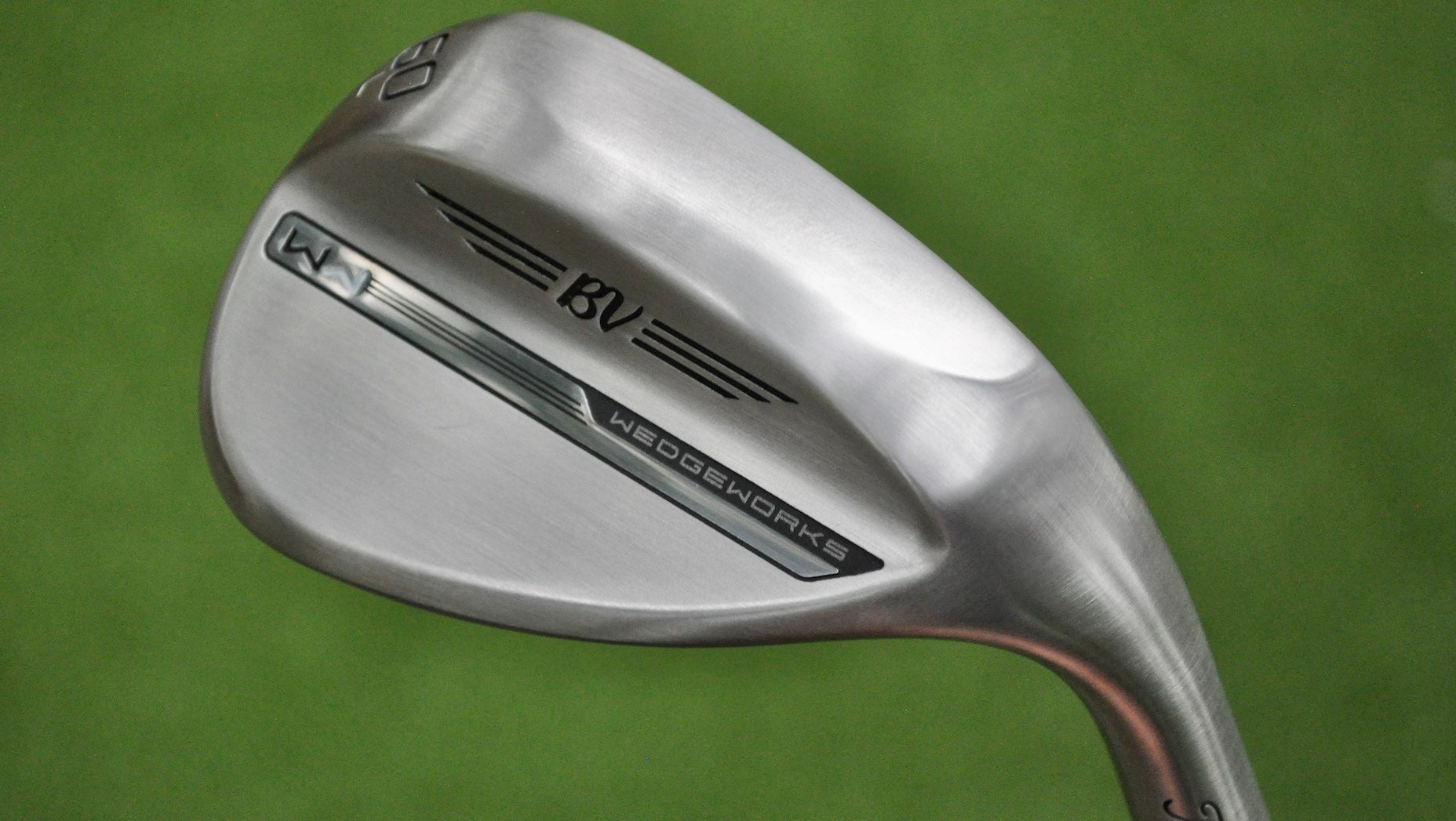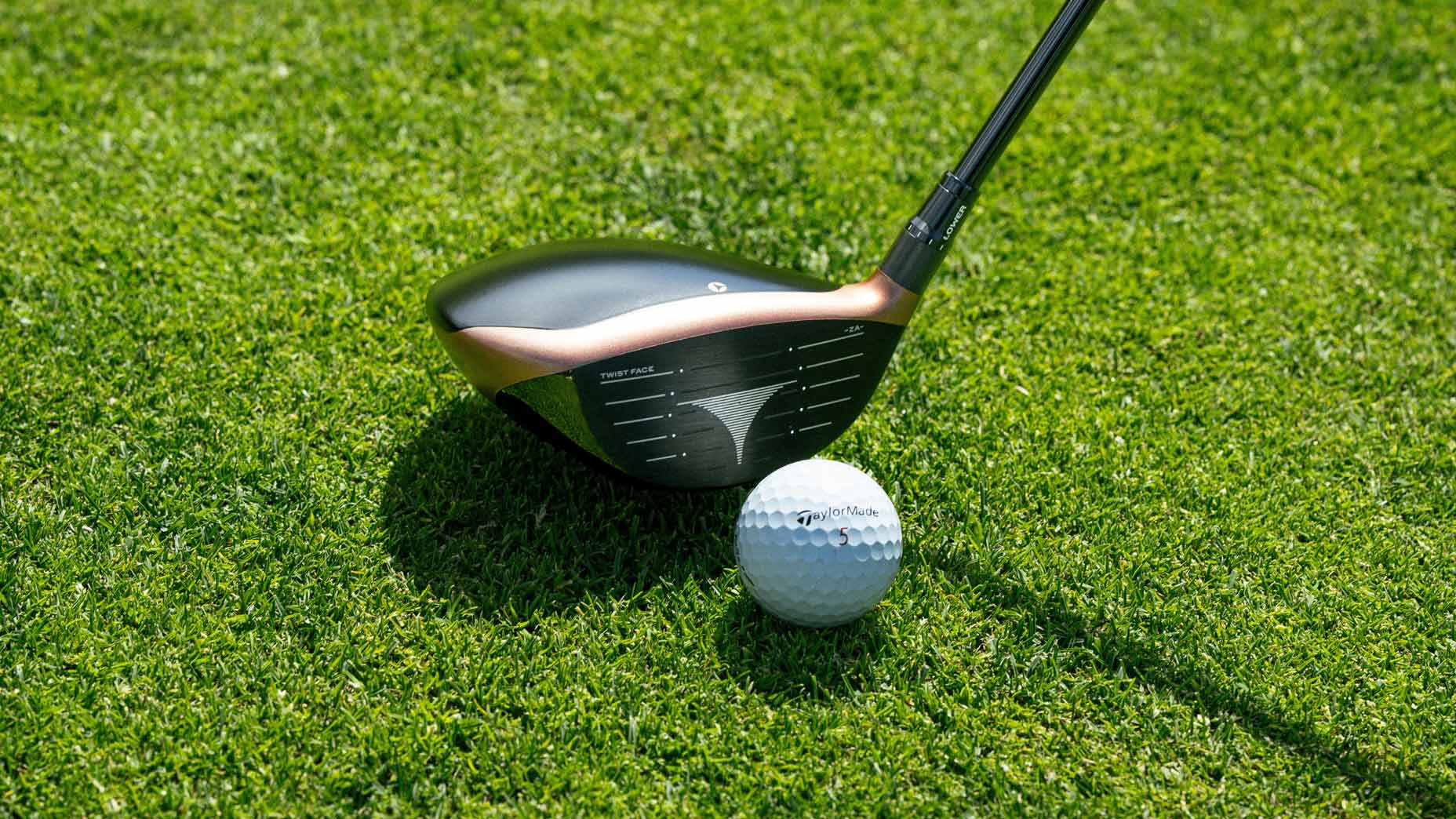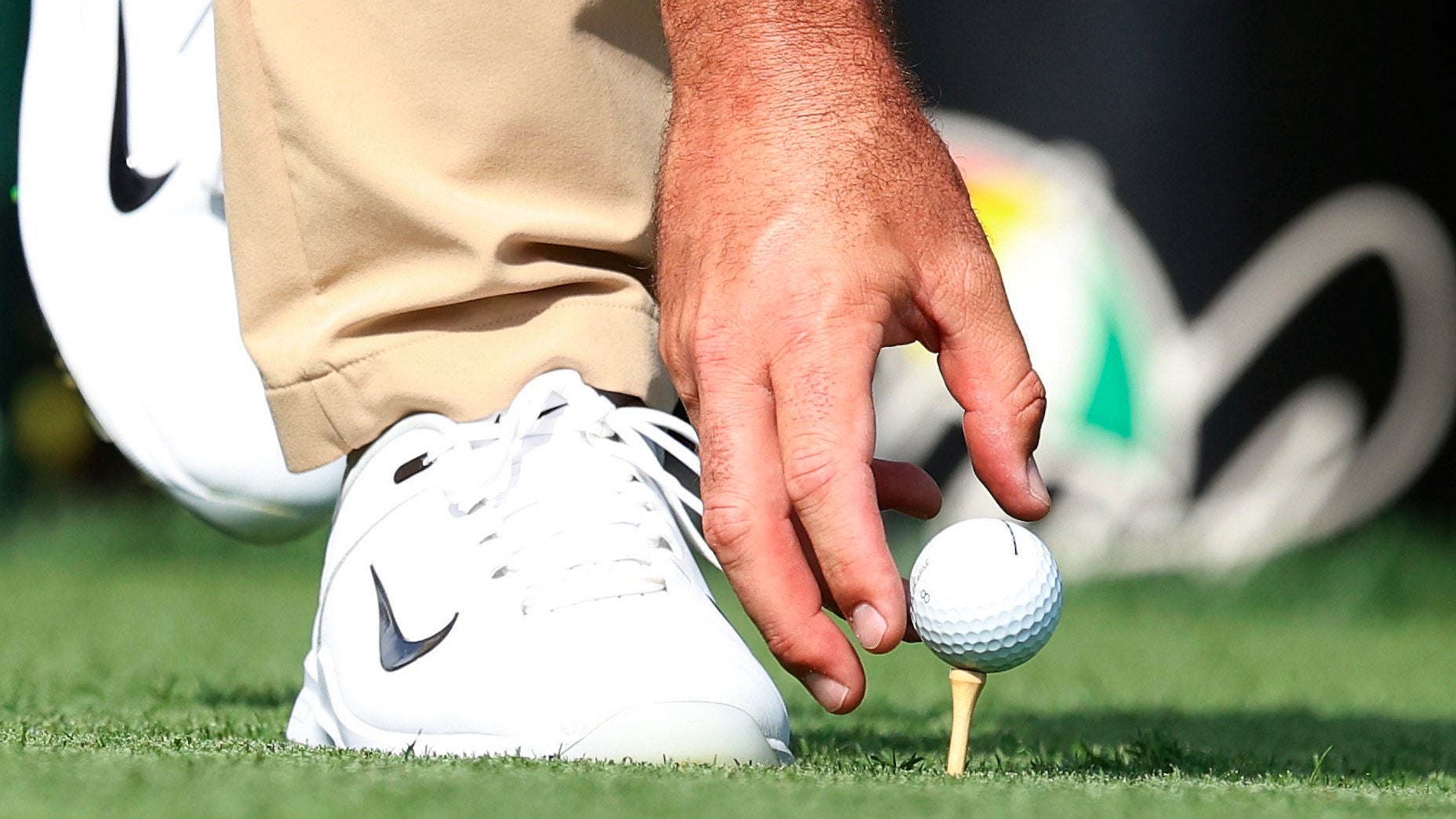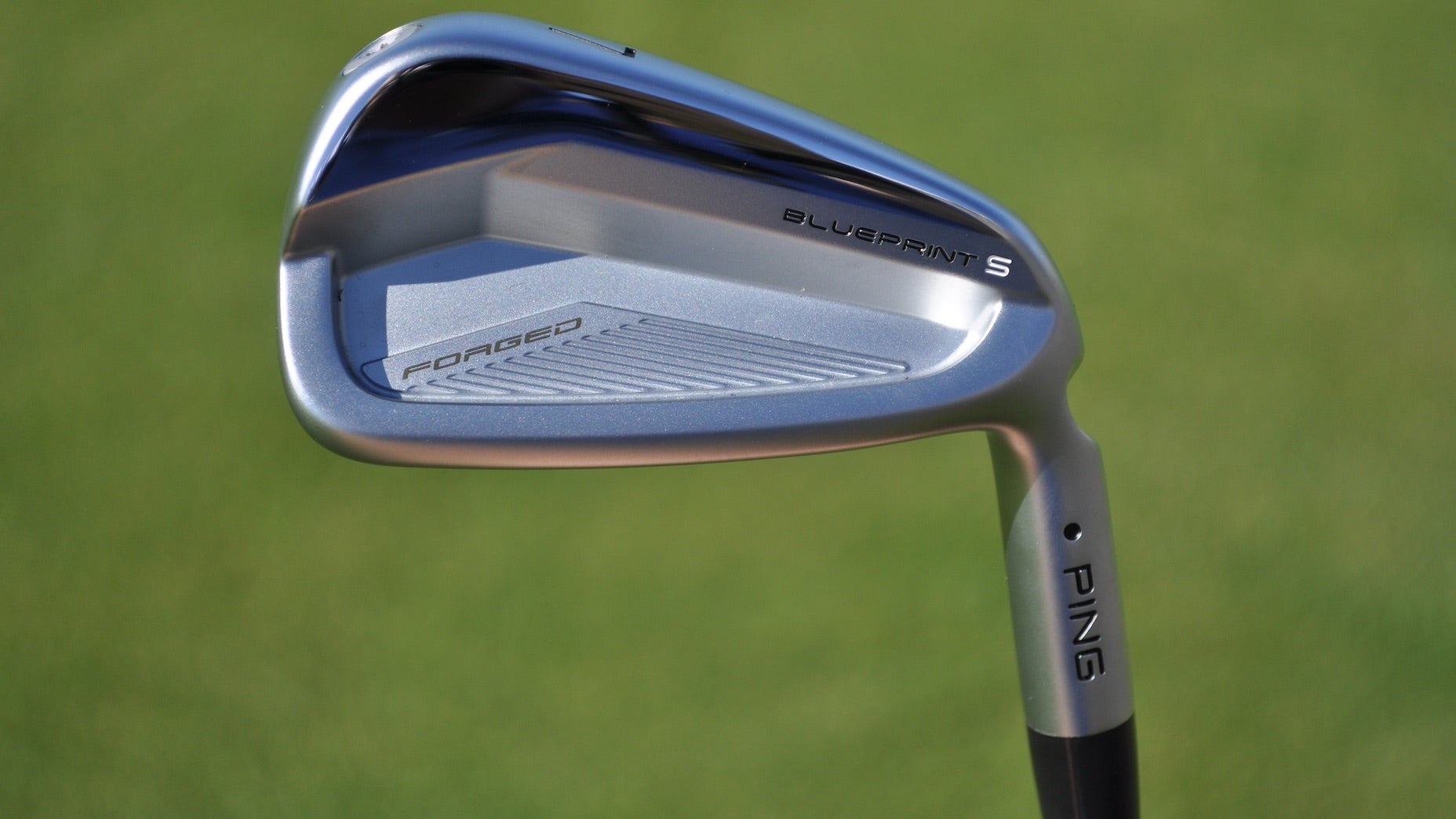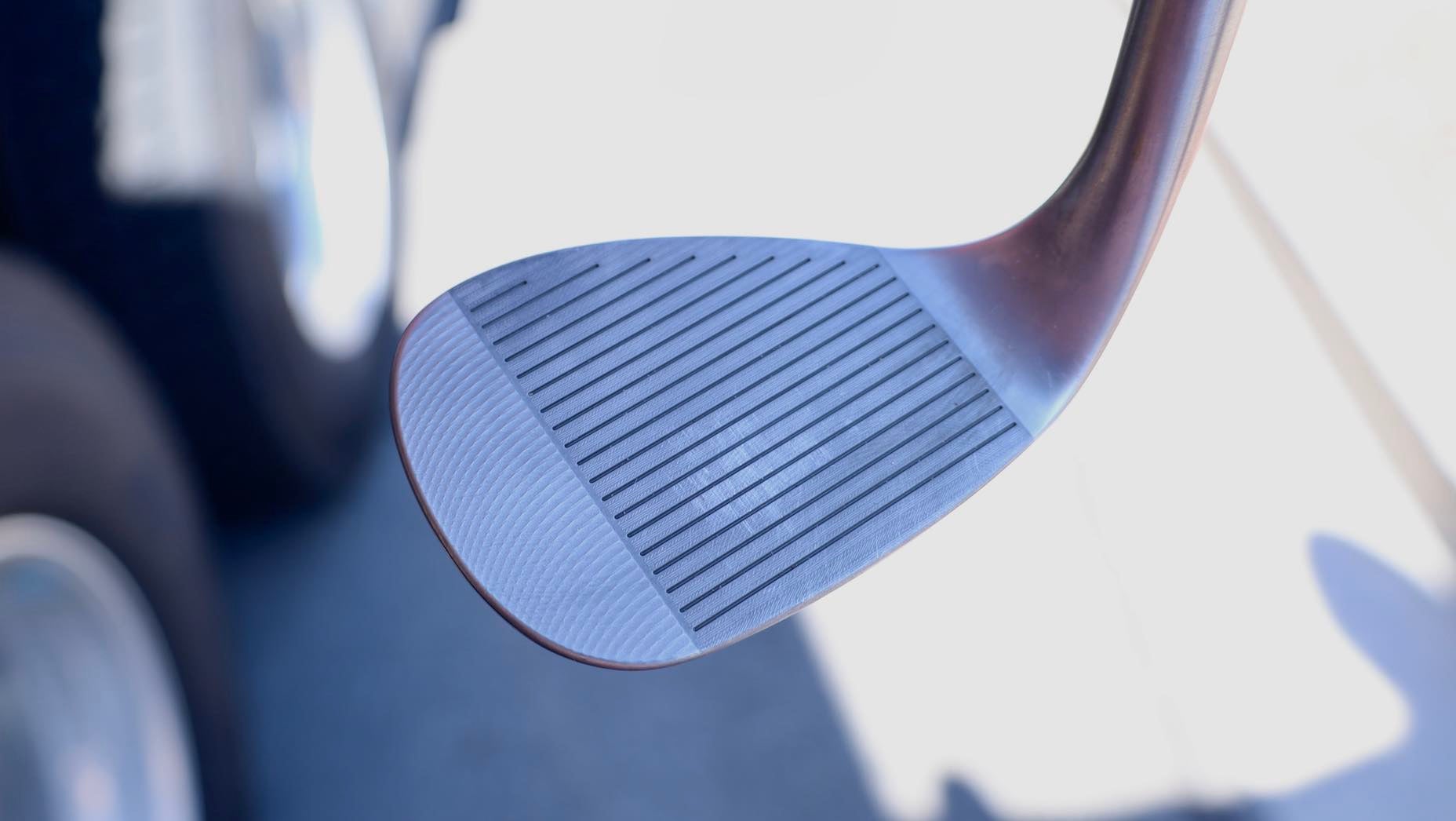Welcome to another edition of the Fully Equipped Mailbag, sponsored by Cleveland/Srixon Golf, an interactive GOLF.com series in which we field your hard-hitting gear questions.
I’ve seen more cavity-back wedges than ever before when I go to golf stores. Are they really worth checking out?
Who’s to say they’re not a thing? Today’s wedge offerings run the gamut in terms of head shapes, and while blade-style wedges remain popular, there’s a handful of cavity-back wedges out in the wild, too.
But I see your question. I think what you’re really asking is why are blade-style wedges the more common option? The simple answer is most golfers assume (whether they’re right or wrong is a different question) that a blade-style wedge is more versatile. Furthermore, they also think they don’t really need that much in terms of forgiveness because, well, most of us aren’t swinging our wedges anywhere near as hard as we do other clubs in the bag.
A wedge is a finesse club more than anything else and distance/forgiveness just isn’t what we all need. Right?
So many of us think. Some golfers actually do find the sweetspot on their wedges more often than they don’t and having a blade-style design helps in terms of distance and trajectory control. There are even some blade-style wedges that have higher CGs that produce flatter trajectories — a trait better players tend to want in order to dial in exacting distances and ballflights. But for the rest of us, a cavity-back wedge is a smart play for one simple reason — most amateurs tend to hit their poor wedge shots on the shorter side, and having a little extra forgiveness can go a long way (no pun intended).
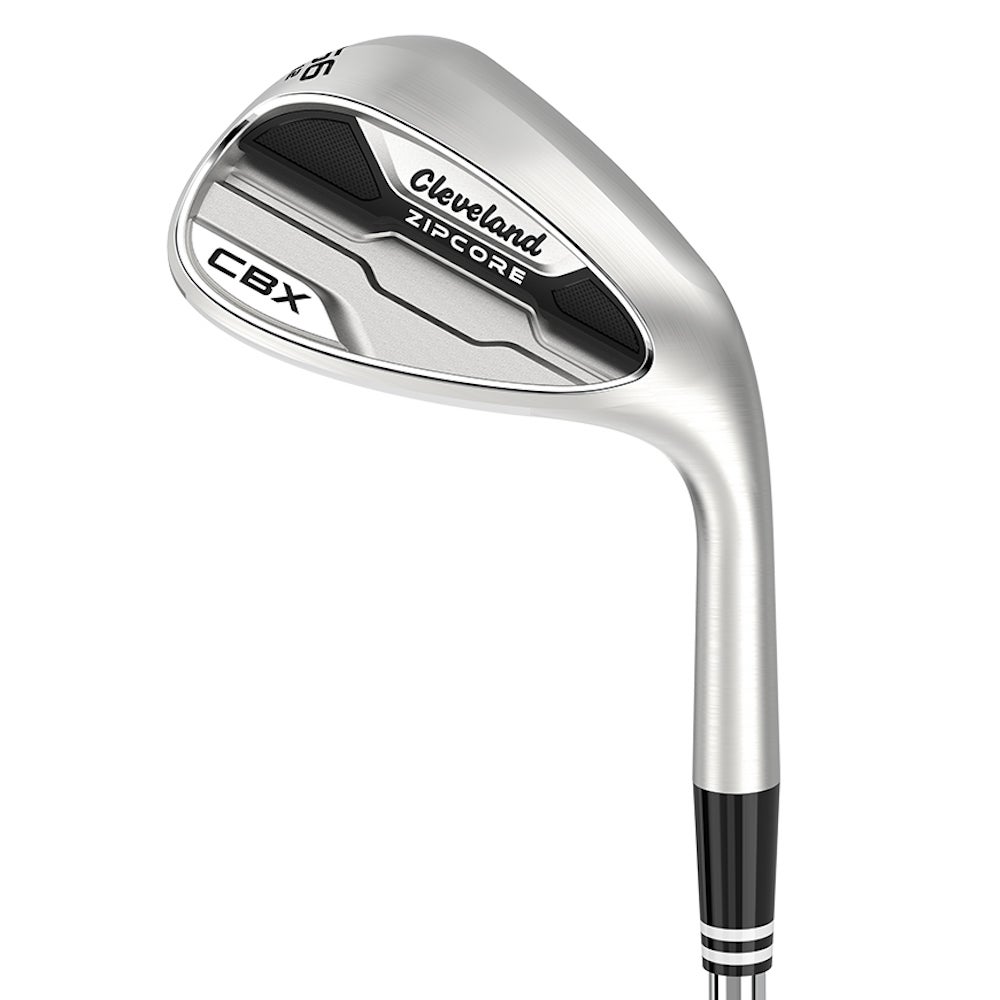
Cleveland CBX ZipCore Wedge
If you look, you’ll see many iron models offer gap and sand wedge options that bear the same cavity-back shape found in the short irons and the pitching wedge. But the problem there is that when you make a high-lofted wedge out of a cavity-back iron design, oftentimes it comes out feeling a bit big and sometimes a little clunky. This isn’t always true, but it’s sometimes the case in wedge designs that function as continuations of iron sets.
So in that case, I understand that a cavity-back wedge can be a little troublesome for golfers who want more forgiveness, but can’t come to grips with how a full-blown cavity back looks and feels. This is exactly why equipment manufacturers spend so much time in R&D developing wedges that either feature partial-cavities and/or mixed-material designs that make the wedge more forgiving while still retaining for the most part a versatile headshape.
We see this in the Cleveland CBX Zipcore, with a hollow-cavity design that’s paired with a Gelback insert. It’s one of several models that looks like a blade at address but packs plenty of tech underneath to aid in helping golfers hit more consistent (and even longer) wedge shots.
All said though, there’s no wrong answer when it’s time to pick out a wedge. Just make sure you’re dialing in a model that meets your specific needs — don’t just assume what your favorite Tour player uses is the right option for you as well.
And heed the stuff that really matters more than shape. Things like careful loft considerations and what sole grind you choose may have a greater effect than whether or not you’re using a cavity-back or blade-style design.
